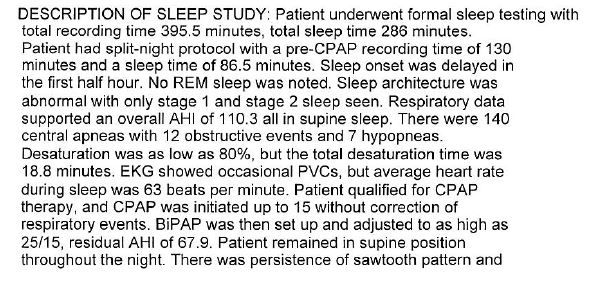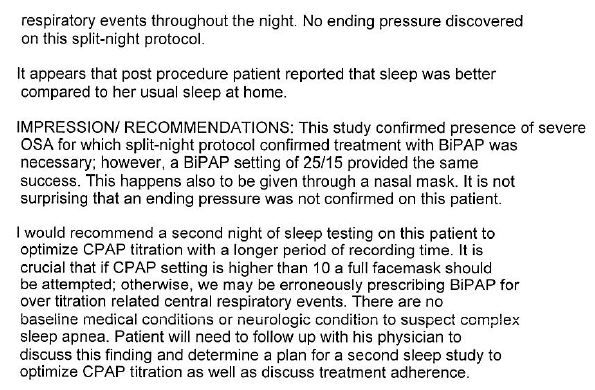Those leaks weren't huge at all. Never even hit 10 L/min. SleepyHead is making mountains out of molehills due to scale. You should have seen the leaks we were seeing when I first saw Benny's reports...now those were massive....80 % of the night over 30 L/min.The Latinist wrote: It's hard to draw much of a conclusion from this because you had huge leaks corresponding to your increased pressure and your main cluster of centrals. Did the centrals cause the increase in pressure and therefore the leaks? Or did the increase pressure cause the leaks which caused the increase in centrals? And whichever started the cycle, if you'd not had the leaks would your BiPAP have kept the centrals under control?
And yes he has still had reports with massive central clustering with no leaks to speak of and also with no increase in pressure to speak of.
Centrals won't/don't/can't cause an increase in pressure with the machine that Benny is using right now...so that pressure increase isn't a response to centrals. His machine right now won't respond to centrals at all but instead responds to some sort of obstructive in nature event...flow reduction, snore, etc.
APAPs won't/can't respond to centrals if that is all that is happening. It's the way their algorithm works. They ignore centrals because more pressure from them can't fix the central problem and might make it worse. If we see pressure increases in the neighborhood of a flagged central it is because of some sort of obstructive event that is also happening at about the same time.
The only machines that actually have an algorithm designed to respond to centrals are the ASV type of machines. They respond with a rapid increase in pressure that far surpasses the speed of the APAP machines to increase the pressures.
Like 8 cm to 22 cm in 20 seconds...where as with the APAP machine it might take 2 minutes to get to 22 cm..maybe longer.
APAPs just can't respond high enough and fast enough to address centrals after the fact.
Bilevel machines (the regular kind and not ASV kind) are sometimes able to keep centrals at bay more as a by product of the pressure settings not triggering the centrals in the first place than fixing them after they happen. Prevention as opposed to responding to and trying to fix them after the fact.














